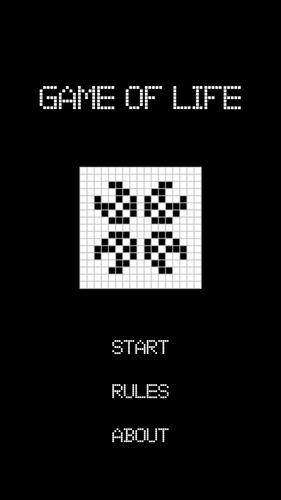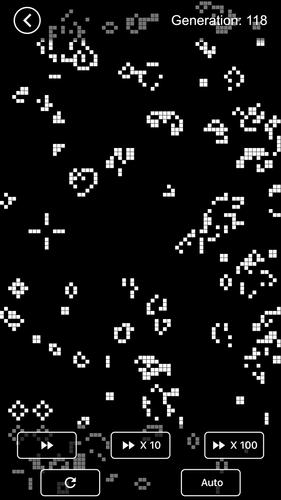Conway's Game of Life, a cellular automaton conceived by mathematician John Conway in 1970, unfolds on an infinite, two-dimensional grid. Each cell exists in one of two states: alive or dead. The game progresses through generations, with each cell's fate determined by its eight surrounding neighbors (horizontally, vertically, and diagonally adjacent).
The initial arrangement of cells constitutes the first generation. Subsequent generations arise from the simultaneous application of the following rules to every cell:
- Survival: A live cell remains alive if it has exactly two or three live neighbors.
- Birth: A dead cell becomes alive if it has exactly three live neighbors.
These rules, selected from numerous variations Conway explored, delicately balance opposing forces. Other rule sets often lead to rapid population extinction or unlimited expansion. The chosen rules reside near the critical point between these extremes, fostering the complex and fascinating patterns characteristic of this game.
### What's New in Version 0.2.2Tags : Simulation






















